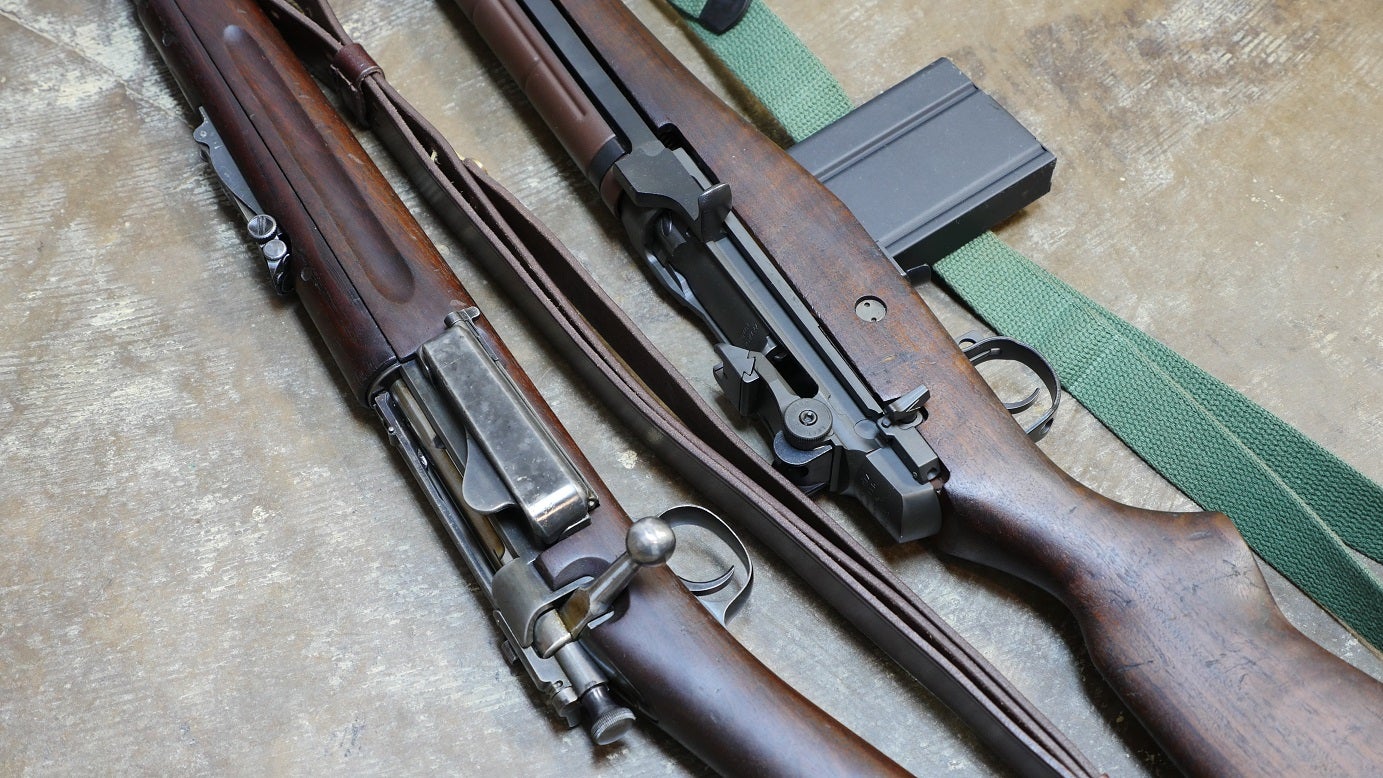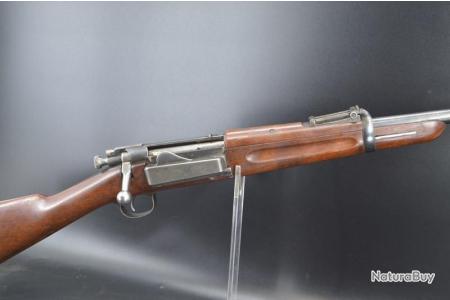


It used a steel cartridge belt loop, identical to that on the “type II” standard Krag bayonet scabbard. The scabbard was blued steel, gently curved to take the blade, and had a drain hole in the ball tip. The blade, hilt and pommel were left bright, with no bluing. The hilt and handle were identical to that on the standard Krag bayonet. over SPG inspector mark, star marking at the.

SPRINGFIELD 1898 KRAG JORGENSEN SERIAL NUMBER
Springfield 1903 National Match, serial number 1404624, barrel date 4-36. The bottom of the blade was sharpened, as was a portion of the top of the blade. Springfield Armory Model 1898 Krag-Jorgensen Bolt Action Rifle. The clipped Bowie-Style point is clipped to form a 2.75″ long false edge. The strikingly menacing blade measured 9.094″ long, 1.75″ in width, and for weight savings it was quite slender, a mere. It’s estimated that somewhat less than 4,000 were produced, all at Springfield Armory. “U.S.” was stamped on the opposite, or obverse side. Manufacture continued into 1900, and all the bayonets were date-stamped “1900” on the reverse side of the root of the blade. The first (and as it turned out, only) production bayonets would be issued to troops in the field for evaluation. An apparently suitable design was settled upon and production of the “Combination bayonet and Entrenching Tool” began at the Springfield armory in 1899. The consensus was that a large Bowie-style blade might work out, but that a careful balance between light weight and sturdiness would have to be addressed. What they wanted was a usable bayonet that could also be used as a combat knife, for whacking brush and to be a tool to assist in digging trenches and foxholes. In 1899, they convened to examine a number of possible candidates for this role. It was thought that soldiers should have a bayonet with more utility for jungle use than the standard straight-blade issued to them. Spanish-American War, A board of officers int he US Army’s Ordnance Department sought to find out if a combination of bayonet and “Entrenching Tool” would be a possibility for attachment to our then standard Krag-Jorgansen rifles.


 0 kommentar(er)
0 kommentar(er)
